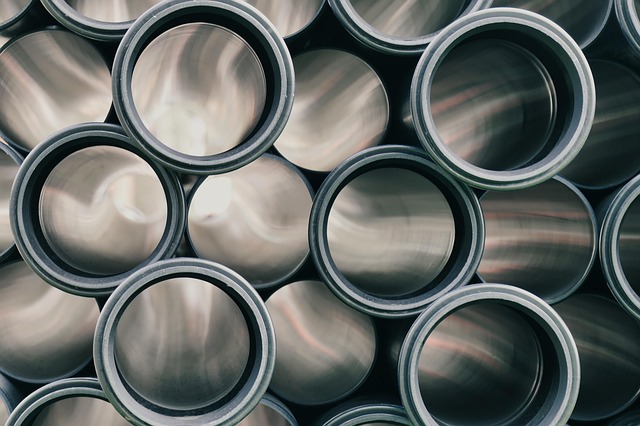As we stand on the precipice of a technological revolution, the concept of self-repairing systems is no longer a distant dream but a burgeoning reality, poised to transform the landscape of robotics and artificial intelligence. Imagine a world where machines not only perform tasks with precision but also possess the innate ability to identify and rectify their own malfunctions. This innovation is not just a testament to human ingenuity; it represents a seismic shift in how we approach automation in every facet of our lives.
Robotics has advanced tremendously over the last few decades. Today, robots are integral to various industries, from manufacturing to healthcare. However, traditional robotic systems often require continuous human intervention for maintenance and repair, which can lead to downtime and reduced productivity. Self-repairing systems bring forth a paradigm shift, allowing robots to autonomously manage their maintenance needs. Imagine an assembly line robot that detects wear and tear in its components, reconfigures itself, and even retrieves spare parts if necessary. Such capabilities could dramatically enhance operational efficiency and reduce costs in business environments where speed and reliability are paramount.
The integration of artificial intelligence into self-repairing systems is another compelling aspect of this evolution. AI algorithms enable machines to learn from past failures and improve their resilience over time. They can analyze operational data, predict failures before they occur, and implement corrective measures proactively. This ability not only improves the systems’ longevity but also empowers businesses to optimize their automation processes. In sectors like logistics or manufacturing, where any downtime can result in significant financial loss, having machines that can self-heal will revolutionize operations.
As we delve deeper into automatisation in business, the implications of self-repairing systems extend beyond mere cost-saving and efficiency. The mental shift of relying on machines that can care for themselves can free human workers to engage in more complex and creative tasks. Rather than spending hours on maintenance, our workforce can focus on innovation, strategy, and improvement, leading to a more dynamic and engaging workplace environment.
Still, the development and deployment of self-repairing systems raise important questions about reliability and safety. As we automate more of our processes, ensuring that these systems can effectively manage their own repairs is crucial. Trust in technology will need to be carefully nurtured, involving rigorous testing and transparent protocols that ensure these systems operate within safe parameters.
In conclusion, the evolution of self-repairing systems represents a radical step forward in the journey toward fully automated solutions in the world of robotics and AI. It embodies a vision where machines can not only work tirelessly but also take care of their own functionality, paving the way for streamlined operations and innovative New Horizons in the automation landscape. The future holds tremendous promise, where our machines are not just tools but partners in progress, fundamentally reshaping industries and the way we interact with technology.




